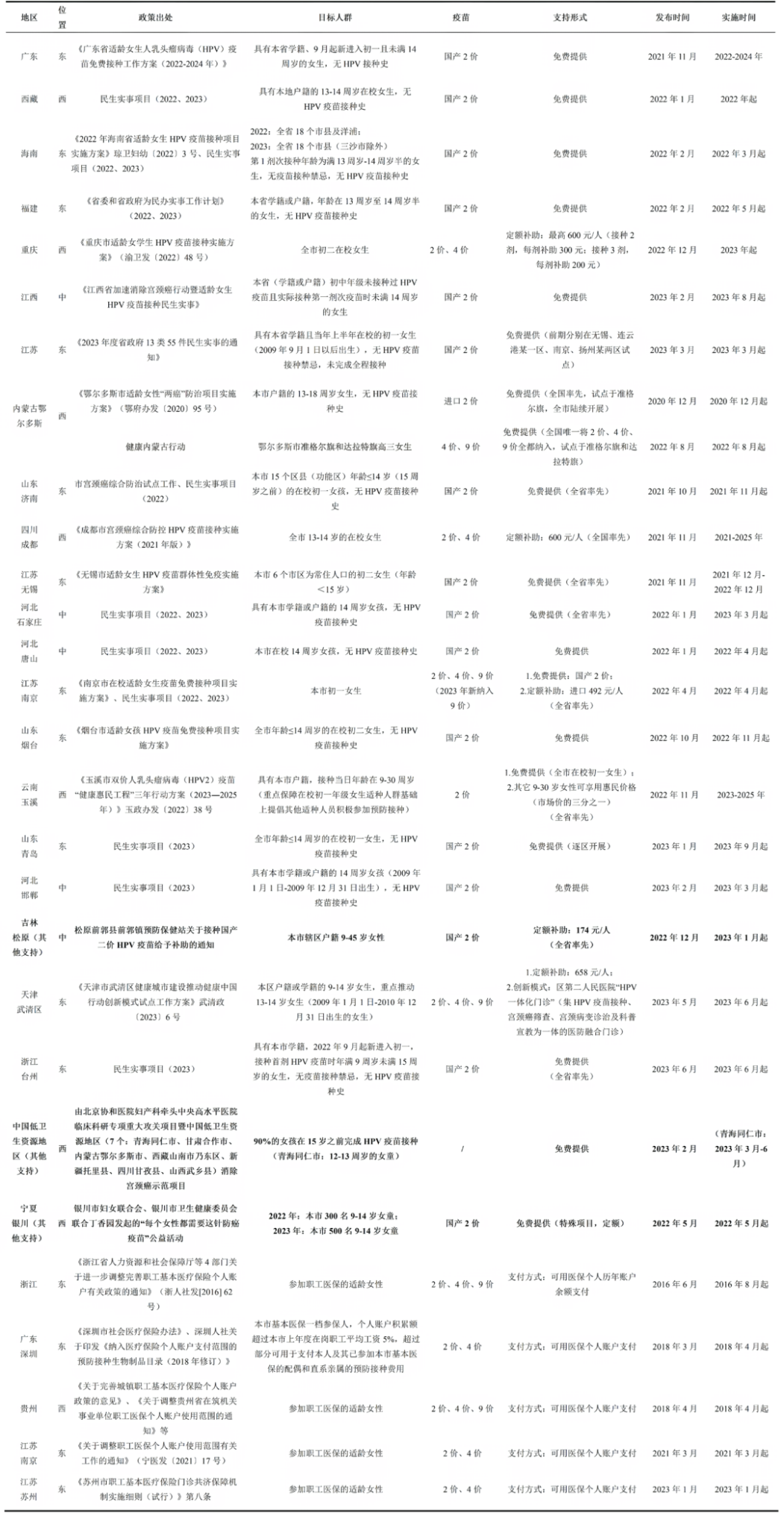The World Health Organization (WHO) has published a significant update to its recommendations for pneumococcal conjugate vaccines (PCVs), releasing a new position paper on September 26, 2025. This document, which supersedes the 2019 guidelines, incorporates the latest evidence reviewed by the Strategic Advisory Group of Experts on Immunization (SAGE) and provides revised strategies for protecting infants and young children from pneumococcal disease.
The four key updates are as follows:
1) Using either a “3p+0” or a “2p+1” schedule is the most effective way to prevent childhood pneumococcal disease
SAGE reaffirmed that achieving high coverage of three doses of pneumococcal conjugate vaccines (PCVs) using either a 3p+0 or a 2p+1 schedule is the most effective way to prevent childhood pneumococcal disease. An update to the review of evidence from 2019, continued to show no conclusive advantage for either schedule over the other; the choice of schedules should be based on local epidemiological and programmatic factors.
2) Reduced dose schedule and fractional dose of PCV13 in countries with mature PCV programmes
Countries with mature PCV programmes that have achieved adequate levels of herd immunity can consider one of two cost-saving strategies: (i) the use of a reduced dose 1p+1 schedule; or (ii) the use of a 40% fractional dose of PCV13. Both strategies require high vaccination coverage, and careful impact and coverage monitoring with contingency plans to revert to full 3-dose schedules. Countries wishing to reduce the cost of their PCV programme or reduce the number of injections should ensure the well-established population immunity among children aged <5 years, as well as the capacity to administer vaccination between the ages of 9 and 18 months with average coverage of ≥80% during the 5 preceding years. For the fractional doses strategies, countries may implement the off-label use of ≥40% fractional doses of PCV13 (Pfizer) in their routine immunization schedule using a 3-dose schedule.
3) Multi-age Cohort (MAC) PCV Immunization Campaigns
In settings with evidence of or suspected insufficient population immunity (e.g., high disease burden, persistently low vaccination coverage, and humanitarian emergencies), multi-age cohort (MAC) campaigns with a single dose of PCV should be considered; MAC campaigns should not replace or divert resources from routine programmes for immunization with PCVs.
4) Trade-offs of Introducing Higher-valency PCVs
Countries considering switching to recently licensed higher-valency PCV products (e.g., PCV14, PCV15, PCV20) to broaden serotype coverage must consider trade-offs that may exist, particularly the potential reduced direct and indirect protection against serotypes in common with PCV10 / PCV13, noting that antibody concentrations tend to be reduced as the number of serotypes in the product increases.
More can be found in the full version of the position paper:
https://iris.who.int/server/api/core/bitstreams/a1381839-e9e5-49a6-bbd2-d249b0397695/content
Content Editor: Xinyue Zhou
Page Editor: Ruitong Li
References
1. Weekly Epidemiological record. (n.d.). https://iris.who.int/server/api/core/bitstreams/a1381839-e9e5-49a6-bbd2-d249b0397695/content
2. World Health Organization. (2025). Report: Pneumococcal conjugate vaccine reduced dosing schedule: a systematic review and meta-analysis. https://cdn.who.int/media/docs/default-source/immunization/sage/vpp-background-documents/report_who_pcv_1_1.pdf?sfvrsn=197716b7_3&download=true
3. World Health Organization. (2025). Highlights from the Meeting of the Strategic Advisory Group of Experts (SAGE) on Immunization. https://cdn.who.int/media/docs/default-source/immunization/sage/2025/march/sage_march_2025_highlights_final.pdf?sfvrsn=6ad38df_3&download=true
4. London School of Hygiene and Tropical Medicine. (2025.7.3). WHO updates pneumococcal conjugate vaccine policy to reach more children. https://www.lshtm.ac.uk/newsevents/news/2025/who-updates-pneumococcal-conjugate-vaccine-policy-reach-more-children





